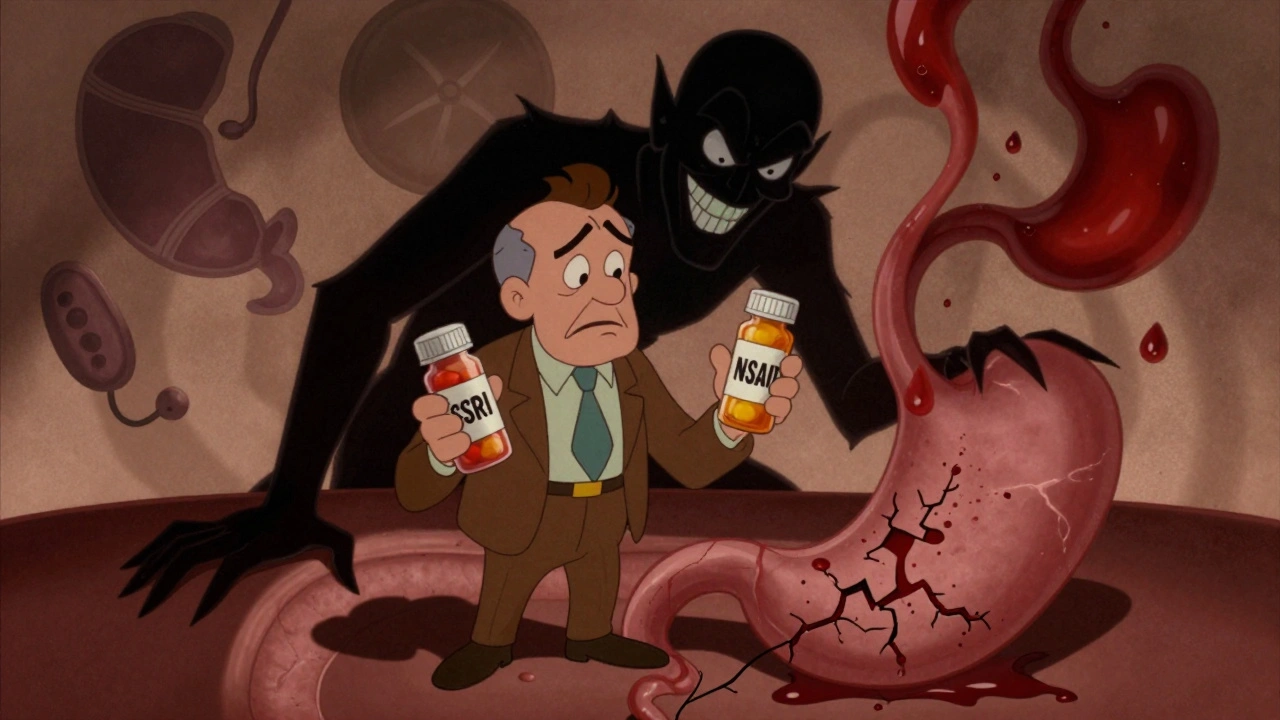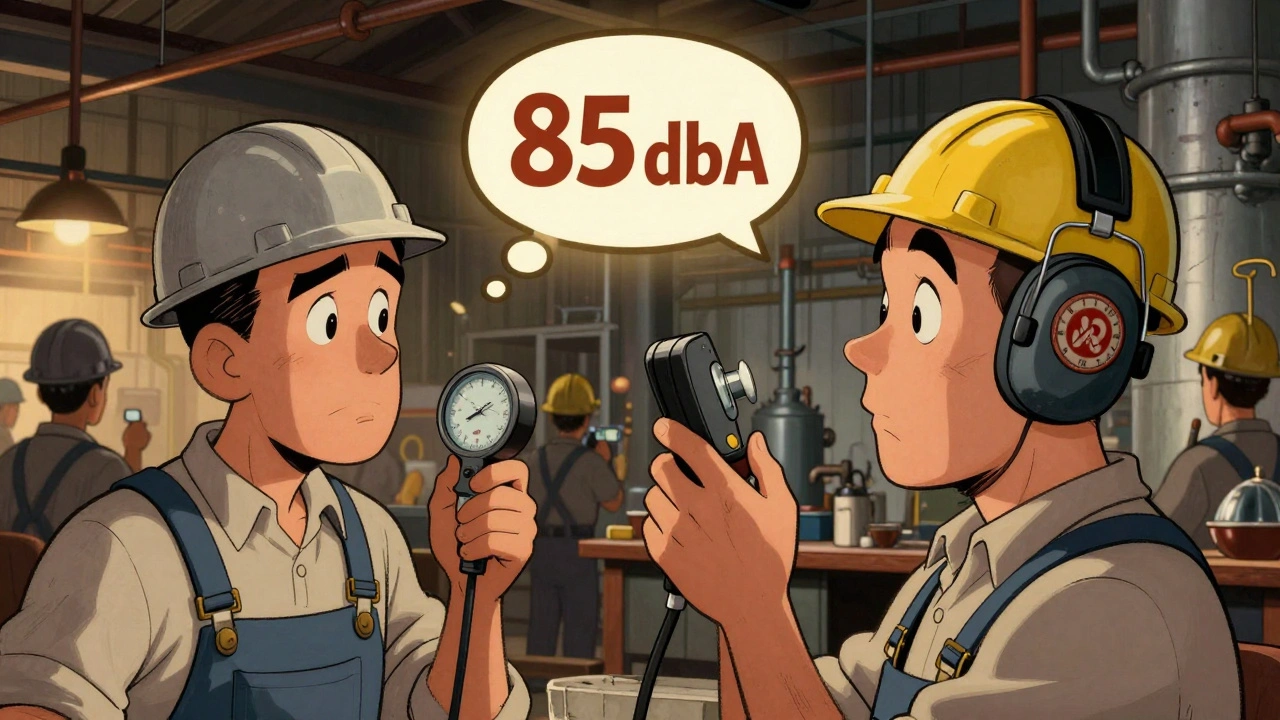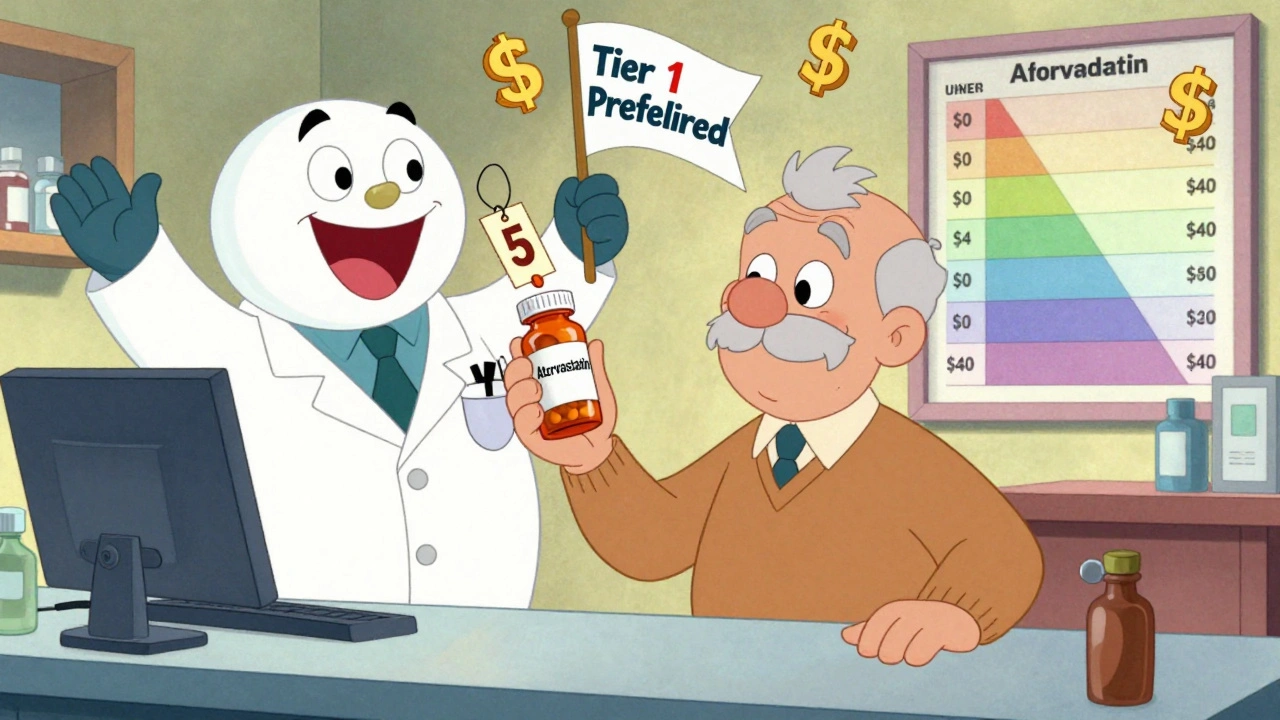DKA Treatment: What Works, What to Avoid, and How to Stay Safe
When your body can’t use sugar for energy, it starts breaking down fat—and that can trigger diabetic ketoacidosis, a life-threatening condition where blood becomes too acidic due to high ketones and blood sugar. Also known as DKA, it’s most common in type 1 diabetes but can happen in type 2 under stress, illness, or missed insulin doses. Left untreated, DKA can lead to coma or death. But with the right DKA treatment, a standardized medical protocol involving insulin, fluids, and electrolyte correction, recovery is fast and effective.
DKA treatment isn’t about one magic drug—it’s a three-part system. First, insulin therapy, low-dose intravenous insulin that stops ketone production and lowers blood sugar is the core. It doesn’t need to be a huge dose; too much can crash your sugar too fast. Second, fluid replacement, IV saline to rehydrate and flush out ketones comes next. People with DKA are often dehydrated from peeing out sugar and water. Third, electrolyte balance, especially potassium, sodium, and chloride must be watched and corrected. Insulin drives potassium into cells, which can drop blood levels dangerously low. That’s why doctors monitor it every few hours.
What doesn’t work? Skipping insulin because you’re scared of low sugar. Waiting to see if it gets better on its own. Drinking soda to "fix" nausea. These are dangerous myths. DKA doesn’t resolve with rest or home remedies. It needs hospital care. You’ll know it’s working when your blood sugar drops steadily, ketones disappear from urine, and your breathing slows down. Recovery usually takes 24 to 48 hours with proper care.
The posts below cover related topics you might not realize connect to DKA treatment—like how certain medications cause fluid retention, why salt restriction matters in kidney disease, or how insulin resistance worsens metabolic stress. These aren’t random articles. They’re pieces of the same puzzle: how your body handles sugar, fluids, and hormones under pressure. Whether you’re managing diabetes, caring for someone who is, or just trying to understand why DKA happens, what follows gives you the real-world context you need.
Diabetic Ketoacidosis: Warning Signs and Hospital Treatment
Diabetic ketoacidosis (DKA) is a life-threatening diabetic emergency marked by high ketones, acidosis, and dehydration. Recognize early signs like extreme thirst, vomiting, and fruity breath. Hospital treatment requires IV fluids, insulin, and electrolyte correction. Delaying care increases death risk.






